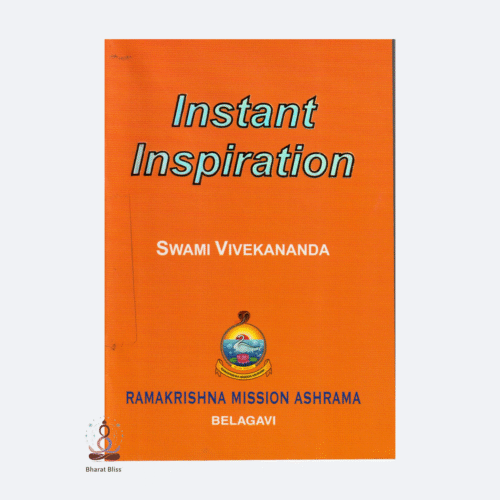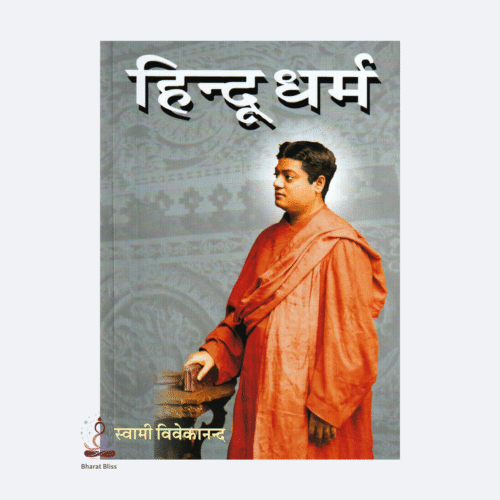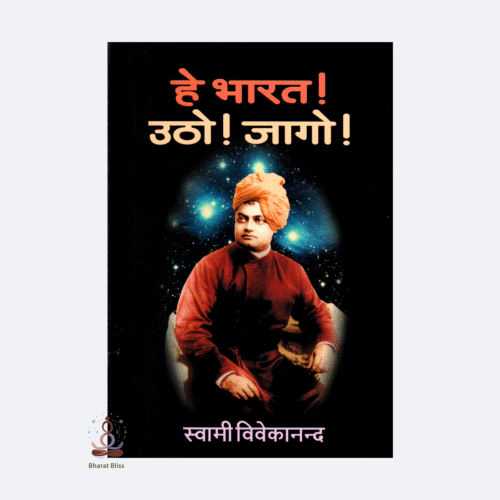Here is a description in English about Swami Holy Mother Sri Sarada Devi,Vivekananda, and the direct disciples of Sri Ramakrishna in connection with Madras (now Chennai):
Madras (Chennai) played a significant role in the early spread of Sri Ramakrishna's teachings and the Ramakrishna Movement in South India. This city became a center of spiritual awakening through the visits and influence of Swami Vivekananda and other direct disciples of Sri Ramakrishna Paramahamsa.
Swami Vivekananda visited Madras in 1892, before his historic journey to the West. His presence in the city was transformative. He delivered several inspiring talks, which deeply influenced the educated youth and thinkers of the region. Madras was one of the key places where Swamiji received enthusiastic support and recognition. It was here that followers like Alasinga Perumal, a devoted disciple, helped raise funds for his trip to the Parliament of the World's Religions in Chicago (1893).
Swamiji stayed in Madras both before and after his trip to the West. After returning from America in 1897, he was given a grand reception in Madras, where he delivered many stirring lectures. These speeches emphasized Vedanta, national regeneration, and selfless service.
Holy Mother Sri Sarada Devi and Madras
Though Holy Mother Sri Sarada Devi never visited Madras physically, her spiritual influence was deeply felt by the devotees there. Her divine personality, simple life, and silent spiritual force inspired many in South India. Disciples and devotees in Madras maintained correspondence with her and received her blessings and guidance. Her portraits and teachings were spread by the monks of the Ramakrishna Order, helping people to understand her role as the spiritual consort of Sri Ramakrishna and the embodiment of the Divine Mother.
Direct Disciples and Their Visits to Madras
Many direct disciples of Sri Ramakrishna visited Madras to preach, inspire, and guide devotees. Among them:
-
Swami Ramakrishnananda (Shashi Maharaj), a direct disciple, was sent by Swami Vivekananda to Madras in 1897. He stayed for over a decade and was instrumental in founding the Ramakrishna Math in Madras (now in Mylapore). He dedicated his life to spreading Sri Ramakrishna’s message and establishing a strong monastic presence in South India.
-
Swami Sivananda (Mahapurush Maharaj) and Swami Abhedananda also visited Madras during their preaching tours, contributing to the spread of Vedanta and devotion to Sri Ramakrishna.
The Madras disciples, including Alasinga Perumal and others, remained closely connected with the movement and were key in the growth of the Ramakrishna Mission.













